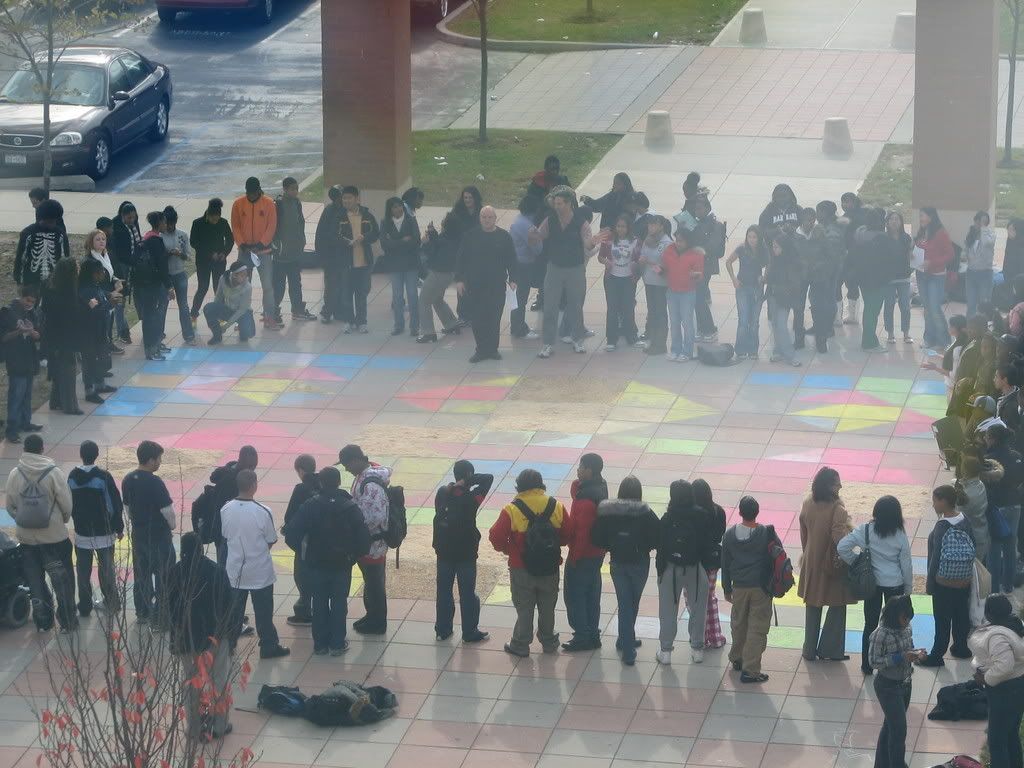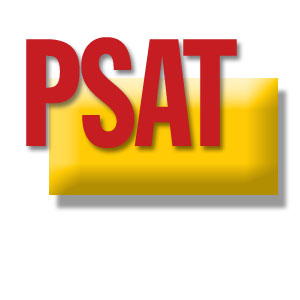When I think of the things I remember most from school it was 8th grade
science class with Ms Ambrosio. She would let be excused from all my other classes all day and help her with science lab. She was probably the most kind woman I ever met. She gave every student ample opportunity to succeed. I regret I never got in touch with her after I realized how important she was to me. I also will also never forget when Bro. Dicowski and Bro. Guillen shook my dad's hand at my
High School graduation. I really never felt a part of my high school until that day. In college I befriended Professor Nieter at St. John's University and had a unique experience of how a man allowed his passion for science drive him to inspire groups of volunteers to learn through his modeling, and embrace the delicate wetlands that remarkably can
thrive in urban settings. All of these things I carry with me into the classroom.
Why am I writing this? Who cares? Read the following:
Not Who But What Is Left Behind
By Barbara M. Stock
Our national obsession with standardized-test scores is dangerous. The idea that there is only One Right Answer, the answer to the test question, plants the seeds of authoritarian rule. Standardized tests encourage a standardized way of thinking. If there is only one right answer, there is no need to think, to question, to discuss. We breed compliance and complacency. We see challenges to authority as disloyal. The foundations of democracy break down.
I was shocked into this realization when my grandson phoned with a homework question. "What did you learn in school that helps you be a good citizen?" he asked. His question stopped me. A good citizen? In my day, teachers graded us for citizenship. A high grade meant the student was quiet. I was always talking. I earned high grades for academics, but for citizenship-unsatisfactory. It didn't matter. It didn't count in our grade point average, and GPA was what mattered. Citizenship was an empty word.
I grew up in the '50s, the era of the white picket fence and the gray flannel suit. We lived in fear-of Communism, of a Soviet invasion, of nuclear bombs. We stored canned goods in the basements of our homes and sat on the floor of the school basement with our heads between our legs for air-raid drills. Education was lock-step. In science class, we memorized a list of birds common to North America. The test required us to simply write the list. We never even saw pictures of these birds to match with the names. In English, we memorized rules of grammar. In history, we memorized dates, names of battles, names of colonies, names of presidents. There was only one right answer, and that was the answer that would get us an A on the test. I needed A's. As a first-generation American, I needed to get to college. I needed to succeed. Being a good American citizen meant getting a job and getting rich.
------------------------
SIDEBAR: Creating good American citizens rests on the character of our teachers-not the facts they teach, but who they are and how they teach.
------------------------
But America paid the price for One Right Answer. In the '50s, authorities often viewed with distrust those who questioned. In order to be heard, questioners shouted; confrontations became violent. The decade that followed was a decade of open rebellion. The civil rights movement, the feminist movement, the anti-war movement-all sprang from folks saying, "Don't tell me what to do. I can think for myself."
Education had to change, and it did. I was excited to see my children attend schools that encouraged them to think, to question, to listen and discuss various points of view, to learn how to learn. But our current overemphasis on standardized tests, penalizing teachers whose students don't perform well, pressuring students to learn the right answer-these are major steps backward.
I value good American citizens. I don't like orange alerts; they remind me of my childhood air-raid drills. I want to feel safe. I want to trust my neighbors. I want my children and grandchildren to feel secure and trusting. But back to my grandson's question: What did I learn in school that helped me become a good citizen? How did I learn the values underlying my loyalty and commitment to America?
First, I learned to think and ask questions, not from the lock-step teachers, but from the exceptions. Daily, on my way out the door to school, my mother reminded me, "If there's anything you don't understand, ask the teacher." My 2nd grade teacher, Miss Siegel, taught us how to think. She asked questions and pushed our class to think outside the facts. "What will happen if �" and "How would you like this story to end?" were heard regularly. Miss Pelaez, my junior high school English teacher, passed out blank paper and urged us to "write what comes to mind." She was undaunted by the McCarthy era. She did not worry about our thinking or writing something un-American. She validated free thinking.
I remember the day Mrs. Josephs, my high school English teacher, was called out of class to the principal's office. She had assigned For Whom the Bell Tolls; the principal told her to cancel the assignment because the text was sexually explicit. Instead, she posted a list of pages (with the sexiest scenes) and told us not to read them. That day I learned how to use creativity and humor under fire. I saw how she thought and worked with, not against, people holding different views.
I recall Mr. Morse, a college professor who had a strong belief in his students' ability to think. His classroom was silent; he listened intently to each student, and by his behavior taught us to listen to each other. That skill is invaluable to me in raising my family, building close relationships, and certainly in becoming an informed citizen.
----------------------------
SIDEBAR: If there is only one right answer, there is nothing to be curious about.
-----------------------------
Second, I learned to develop a healthy emotional attitude. I appreciate Miss Allen, my junior high school vice principal, who welcomed me into her office and allowed me to vent. I was no good at conforming. I was hard on myself and angry toward others. I felt left out of cliques. I hated losing competitions. She took time to listen. She knew if I remained hurt, I would lash out and hurt others. Instead, she handed me Kleenex, often suggested a different perspective, and sent me back to class kinder to myself and to others. Teaching students to regurgitate answers overlooks the emotional needs of children. A good citizen must respond to those who are hurting. Otherwise, we risk their rage and are horrified at the current epidemic of youth violence.
Third, from all these teachers I learned to value an open mind. But permission to be curious, I learned first from Miss Aiken, my kindergarten teacher. With no pressures of accountability and progress, she allowed me to sit for hours on the window seat studying rainbows in cut crystals. I'm still as curious-about new ideas, new people. If there is only one right answer, there is nothing to be curious about.
How did I learn to be a good citizen? Not by staying silent in class. Not by memorizing facts. Creating good American citizens rests on the character of our teachers-not the facts they teach, but who they are and how they teach. In our time of "no child left behind," which places tremendous emphasis on standardization, I fear that the essential lessons for becoming a good American are precisely what are being left behind. I've yet to see a tombstone marking a grade point average or an SAT score.
----------------------
Barbara M. Stock is a clinical psychologist in private practice who has consulted on K-12 school programs and taught at the college level. She lives in Wilmette, Ill.
Joanna Vogel former QHST student has posted the following on her
blog. The version I have here was found at
mathforum.org .



































